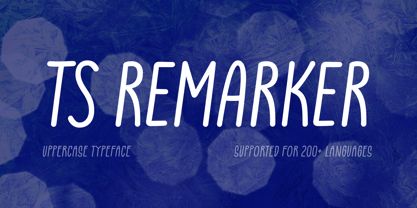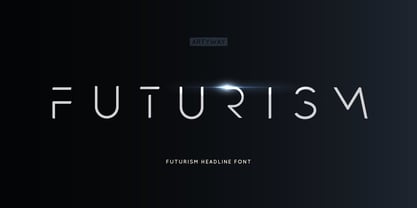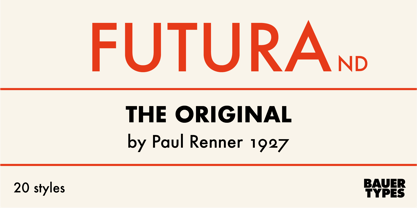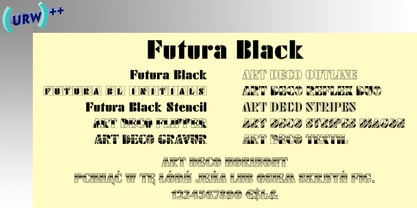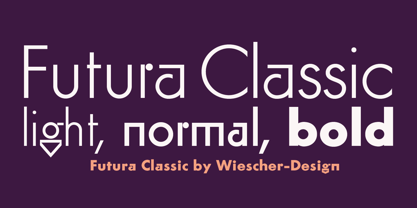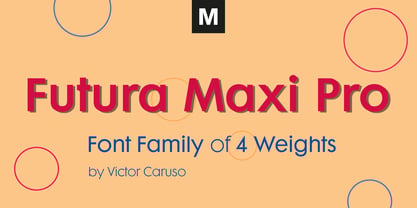1,297 search results
(0.056 seconds)
- TS Belfast by TypeShop Collection,
$24.80 - TS Priamos by TypeShop Collection,
$24.80 - TS Lingwood by TypeShop Collection,
$24.80 - TS Ornitons by TypeShop Collection,
$24.80 - TS Penthouse by TypeShop Collection,
$24.80 - TS Litera by TypeShop Collection,
$24.80 - TS Dragon by TypeShop Collection,
$24.80 - TS Napoli by TypeShop Collection,
$24.80 - TS Formula by TypeShop Collection,
$24.80 - TS Montreal by TypeShop Collection,
$24.80 - TS Horsham by TypeShop Collection,
$24.80 - TS Gascogne by TypeShop Collection,
$24.80 - TS Colonel by TypeShop Collection,
$24.80 - TS Baskerville by TypeShop Collection,
$24.80 - TS Garamond by TypeShop Collection,
$24.80 - TS Hamburg by TypeShop Collection,
$24.80 - TS Wichita by TypeShop Collection,
$24.80 - TS Broadway by TypeShop Collection,
$24.80 - TS Worchester by TypeShop Collection,
$24.80 - TS Volkswagen by TypeShop Collection,
$24.80 - TS Roundest by TypeShop Collection,
$24.80 - TS Ravenna by TypeShop Collection,
$24.80 - TS Quartz by TypeShop Collection,
$24.80 - TS Expressa by TypeShop Collection,
$24.80 - TS Nevada by TypeShop Collection,
$24.80 - TS Derringer by TypeShop Collection,
$24.80 - TS Bernstein by TypeShop Collection,
$24.80 - TS Remarker by Vitaliy Tsygankov,
$9.90 - Futured - Unknown license
- Futurism - Unknown license
- Futurism by Artyway,
$19.00 - Futurity by Hooper Type,
$9.00 - De Futura - Unknown license
- Futura ND by Neufville Digital,
$45.25 - Futura Black by URW Type Foundry,
$39.99 - Futura SH by Scangraphic Digital Type Collection,
$26.00 - Futura Classic by Wiescher Design,
$39.50 - Futura Maxi by Monotype,
$29.00 - Futura BT by Bitstream,
$39.99 - Futura PT by ParaType,
$30.00
